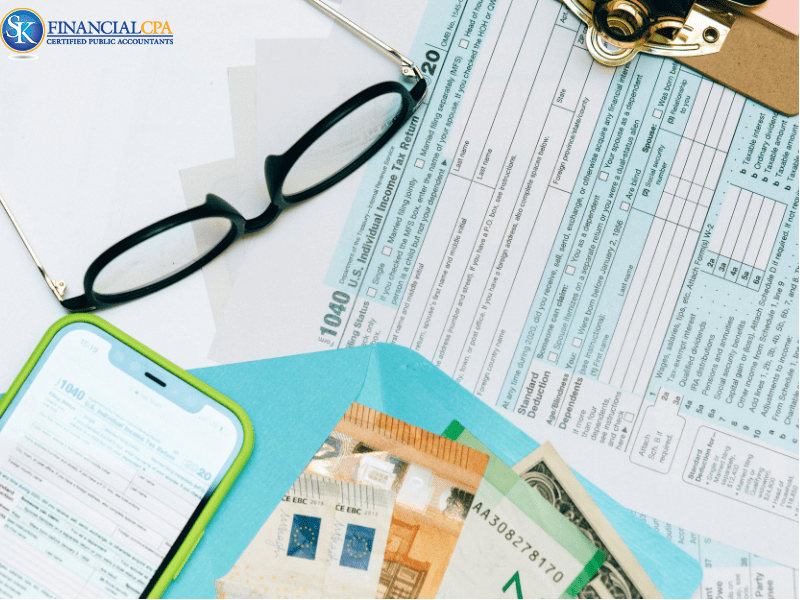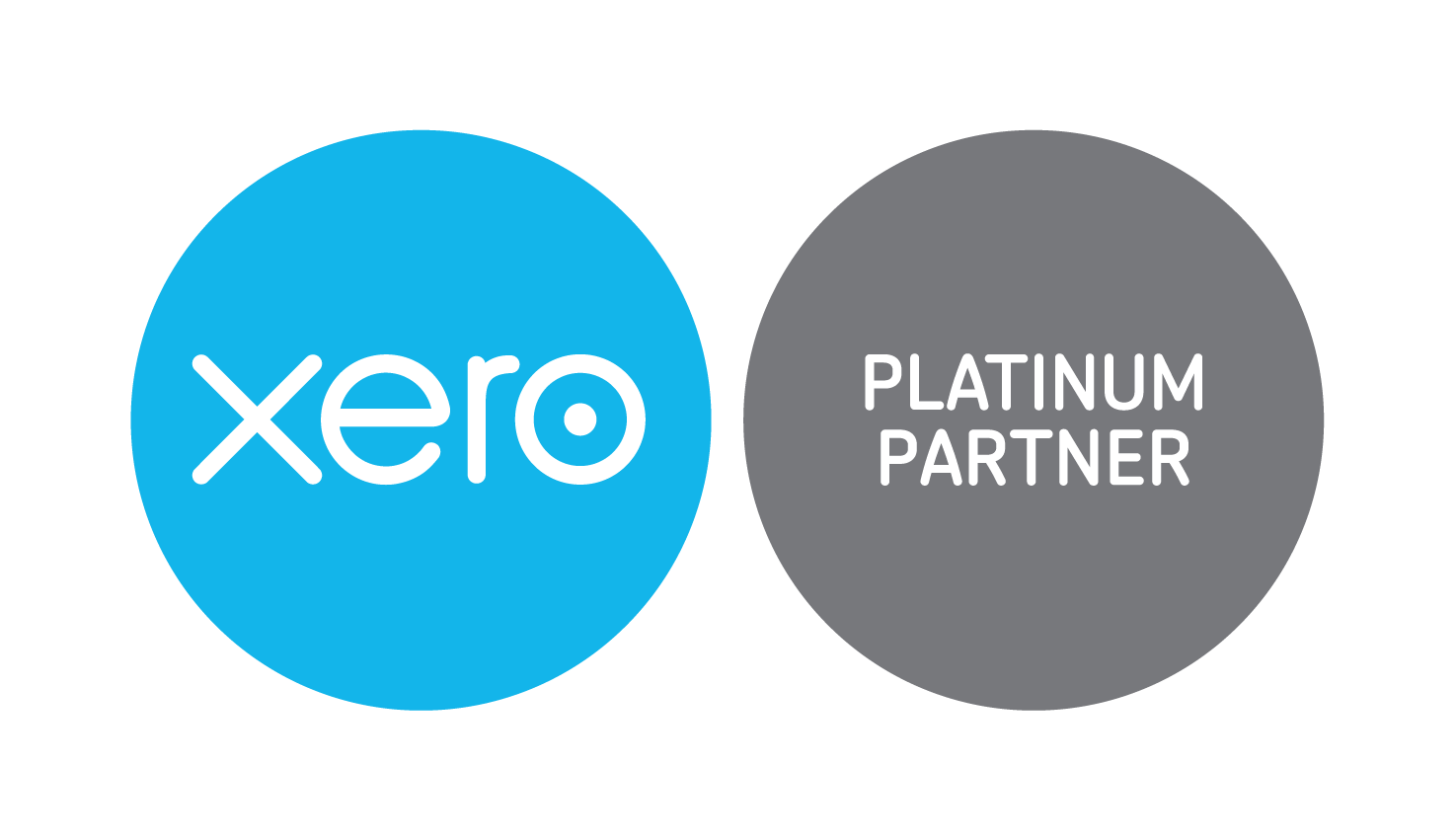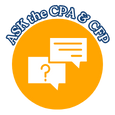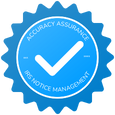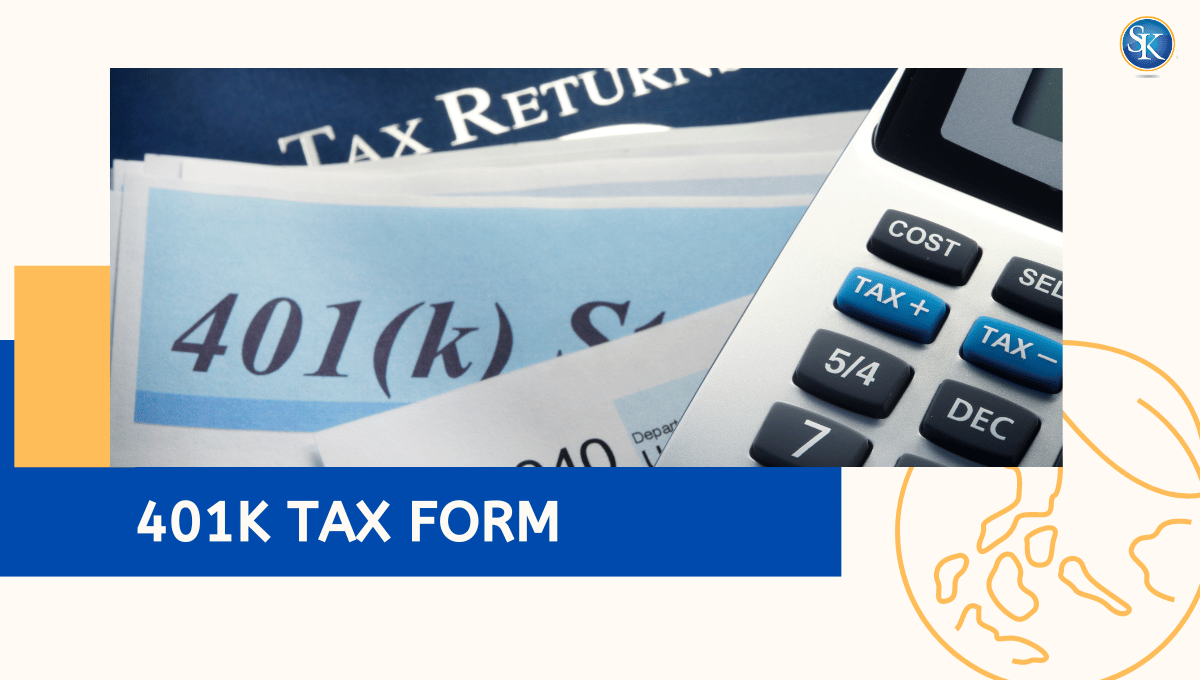
What is 401(k) tax form? Here's everything you need to know
A 401(k) tax form helps report how you save, withdraw, or manage money in your retirement plan. You’ll usually see your 401(k) listed on your W-2 when contributing, receive Form 1099-R when you withdraw, and your employer files Form 5500 to keep the plan compliant with the IRS.
What is a 401(k) Tax Form?
IRS Form 5500 is 401k tax form that is mandatory to report to IRS with information about the 401k's financial status and operations with government regulations. The form must be submitted annually by the plan administrator and is critical for ensuring the transparency and accountability of the retirement plan.
The Main 401(k) Tax Forms You’ll See
1. W-2 Reporting Your 401(k) Contributions
Your 401(k) contributions are shown in Box 12 with Code D on your W-2. That means this amount was taken from your paycheck before taxes were applied, lowering your taxable income.
2. Form 1099-R for Withdrawals or Rollovers
If you take money out or roll it into another plan, you’ll get a 1099-R showing how much you withdrew and whether taxes were withheld. You’ll need this form when filing your yearly return.
3. Form 5500 Filed by Plan Administrators
Your employer or plan administrator files this form each year to show that your 401(k) plan follows federal rules. You don’t file this yourself, but it ensures your plan remains compliant and trustworthy.
Detailed Sections of the 401k Tax Form
Here is a breakdown of the key sections within the 401k tax form:
|
Section |
Description |
|
Identifying Information |
Includes details such as plan name, sponsor, and administrator. |
|
Financial Information |
Reports the plan's assets, liabilities, income, and expenses. |
|
Participant Information |
Lists the number of active participants and beneficiaries. |
|
Compliance and Testing |
Ensures the plan meets specific standards and passes nondiscrimination tests. |
Understanding each section can provide participants with reassurance about their investments and the overall health of their retirement savings.
When Are You Eligible to Withdraw from Your 401(k)?
401(k) plans are designed for retirement savings, so there are specific rules about when you can withdraw funds without facing penalties:
-
At age 59½, you can withdraw from your 401(k) without incurring the 10% early withdrawal penalty. However, the amount withdrawn will be taxed as ordinary income.
-
If you make a withdrawal before age 59½, you may face a 10% early withdrawal penalty in addition to regular income tax. Exceptions exist for certain situations, such as financial hardship, disability, or eligible medical expenses.
-
Required Minimum Distributions (RMDs) begin at age 73 (or age 72 if you were born before 1951). If you fail to take RMDs, you may face significant penalties.
401(k) Contribution Limits for 2025 (and What Changes in 2026)
|
Contribution Type |
Description |
2025 Limit |
|
Employee Contribution |
Amount you choose to put in |
$23,500 |
|
Catch-Up (Age 50+) |
Extra contribution allowed |
$7,500 |
|
Extra Catch-Up (Age 60–63, new for 2025) |
Additional saver’s bonus |
$11,250 |
|
Total Combined Limit (Employee + Employer) |
Overall cap for plan |
$70,000 |
Looking ahead to 2026: If you earned $145,000 or more with your employer in 2025, your catch-up contributions must be Roth (after-tax) starting in 2026.
When You Can Withdraw from a 401(k)
You can withdraw without penalty after age 59½. Withdrawals before that usually include a 10% early withdrawal penalty, unless you qualify for exceptions like medical bills or disability. Required Minimum Distributions (RMDs) start at age 73, unless you’re still working for the same employer.
How 401(k) Withdrawals Are Taxed
Traditional 401(k): You don’t pay taxes when you contribute, but you pay income tax when you withdraw later.
Roth 401(k): You pay taxes upfront, but qualified withdrawals (after age 59½ and five years) are tax-free.
You’re only taxed once either when contributing or when withdrawing, never twice.
Does a 401(k) Withdrawal Impact Your Social Security Benefits?
Yes, your 401(k) withdrawals can have an impact on how much of your Social Security benefits are taxable. While 401(k) withdrawals themselves are not directly taxed for Social Security purposes, they do increase your total income, which could make a portion of your Social Security benefits taxable.
-
Withdrawals increase your income, which can make up to 85% of Social Security benefits taxable.
-
Plan distributions in low-income years to reduce this effect.
Smart Ways to Lower Taxes with a 401(k)
-
Contribute enough to get the full employer match it’s free money.
-
If you’re over 50, use the catch-up contribution.
-
Consider Roth contributions if your tax rate will rise in retirement.
-
Avoid early withdrawals to let compound growth work longer.
Recent 401(k) Form Changes and Law Updates
|
Year |
Key Change |
|
2023 |
SECURE 2.0 law introduced automatic enrollment and increased RMD age to 73 |
|
2024 |
Limits rose to $22,500 with $7,500 catch-up |
|
2025 |
New higher limit $23,500 and $11,250 special catch-up (60–63) |
|
2026 |
High earners ($145k+) must make Roth catch-ups; transition grace year |
Conclusion
Understanding the 401(k) tax forms helps you stay ahead of your taxes and retirement goals. Your W-2 and 1099-R show how your savings and withdrawals are taxed, while Form 5500 keeps your plan compliant. By following IRS limits and taking advantage of employer matches, you can grow your retirement fund faster and pay less in taxes later.
FAQs
What is a 401k plan?
A 401k plan is a tax-advantaged retirement savings plan offered by many employers to their employees. It allows workers to save and invest a portion of their paycheck before taxes are taken out. Contributions are typically made through payroll deductions, and the funds can be invested in a range of financial products, such as mutual funds.
What forms report my 401(k) contributions?
Your W-2 (Box 12, Code D).
What form reports withdrawals?
Form 1099-R.
How much can I contribute in 2025?
$23,500 + $7,500 catch-up, plus extra $11,250 if you’re 60–63.
When can I take money out without penalty?
After age 59½.
Are Roth 401(k) withdrawals taxed?
No, qualified withdrawals are tax-free.
What changes in 2026?
Catch-ups for high earners must be Roth.
Can I borrow from my 401k plan?
Many 401k plans allow loans, where you can borrow up to 50% of your vested account balance to a maximum of $50,000. Such loans must generally be repaid within five years with interest (the interest goes back into your account), but the specific terms can vary by plan.
Follow SKFinancial on Facebook / Twitter / Linkedin / Youtube for updates.


